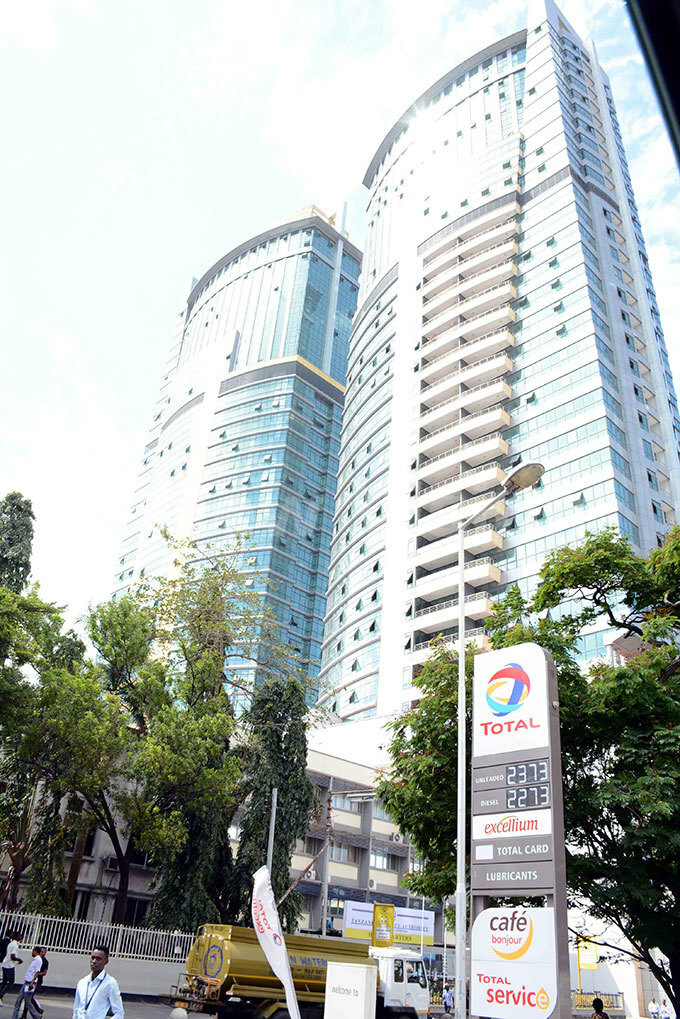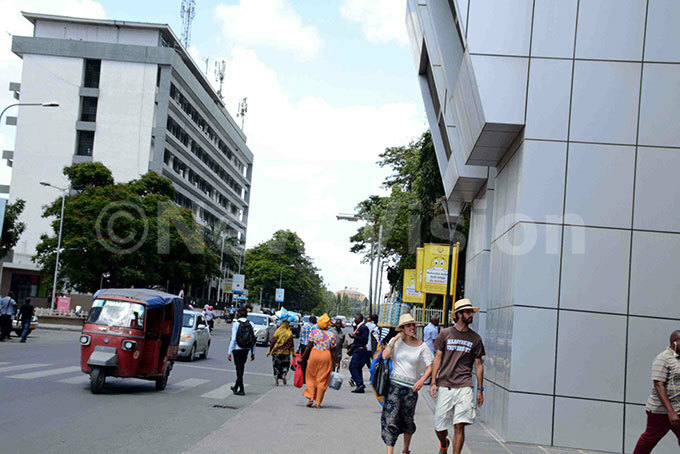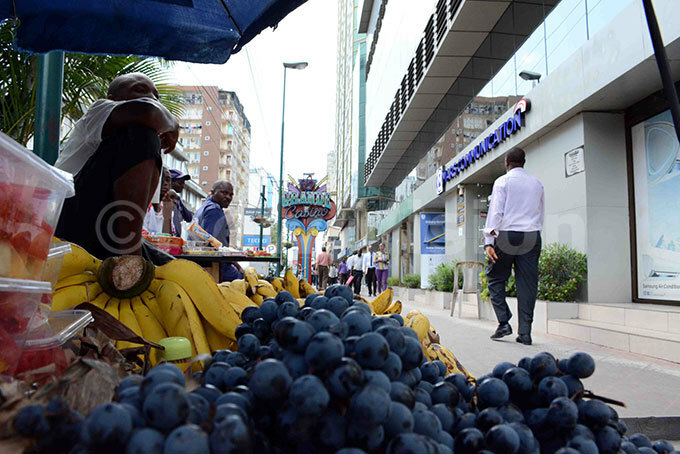Dar es Salaam: The house of peace
Tanzania has never experienced a major war and has always been a host to many refugees who flee wars and political persecution from neighboring countries.
Dar es Salaam is an arabic word, which means ‘the house of peace'. The city, as it is known today was formerly called Mzizima.
Located on the shores of the Indian Ocean, Dar es Salaam was the capital city of Tanzania until 1974 when the government started transferring its political base to Dodoma and completed the process in 1996.
 Dare salaam's tall buildings
Dare salaam's tall buildings
With a population of over 4.3m people, Dar es Salaam remains the largest and most highly populated city in East Africa, and having one of the largest sea ports in the region. It is also the largest Swahili speaking city in the World.
The total population of Tanzania is 59.4m people as per September 2018 demographic estimates.

The city has one of the fastest-growing populations in Africa, and is the third fastest-growing city in Africa and the ninth fastest-growing in the world.
With the recent change of policy by the country's president, John Pombe Magufuli towards birth control, Dar es Salaam is expected to grow to over 5 million over the next three years, making it the second largest city by population in the world by 2100, with a predicted population of 76 million.
Its annual growth rate is expected to grow to an average of 4.39% through the year 2020, as per demographic estimates.
 Journalists on a media tour enjoy the palm coconut juice
Journalists on a media tour enjoy the palm coconut juice
The Tanzania Ports Authority (TPA) and the Pension Twin Towers both in the background are the tallest in East and Central Africa.
The majority of inhabitants in the city migrate from the rural areas, looking for jobs. They include Arabs and Indians, the coloured, European expatriates, local tribes and people from the neighboring countries who flee their troubled country to settle in the ‘house of peace'.

Most people in Tanzania are light skinned and mainly speak Swahili, although English remains the official language.
From the general observation, the people who live in this city are so peaceful. They are not in a hurry and walk with a lot of dignity.
Motorists will always stop to let pedestrians cross the street or wave off fellow motorists to move ahead in a junction, which is the opposite of Nairobi and Kampala cities. Drivers are so patient on the steering and one might think they are not late for work.
The roads are so wide that traffic jam only lasts for a short while. The city centre is clean and well organised, with shining skyscrapers.
The residents are calm and always willing to assist visitors. Tanzania has never experienced a major war and has always been a host to many refugees who flee wars and political persecution from neighboring countries.
 Tourists take a stroll on the streets
Tourists take a stroll on the streets
The major public transport means in the city include trains, buses, taxis and tricycles, which are known as ‘tukutukus' in Kampala. Boda bodas are available but not so popular like in Kampala.
Vendors sell a lot of fruits by the roadsides on the streets, including the famous palm coconuts, loved by both visitors and locals for their natural juice.
